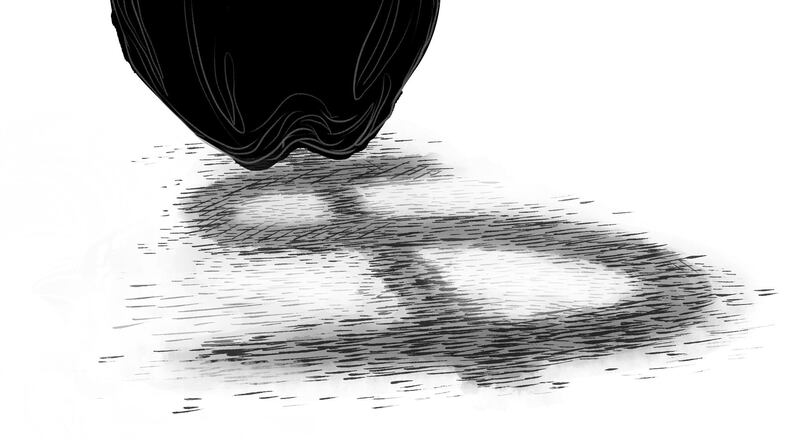In this guest column, the Reason Foundation's Evgenia (Jen) Sidorova examines how Governor-elect Brian Kemp's pledge to award state's teachers a $5,000 raise would also impact the teachers' retirement system.
She says the retirement system has nearly $25 billion in unfunded liabilities and is increasingly eating up money intended for students and classrooms. Sidorova is a policy and quantitative analyst with Reason Foundation's Pension Integrity Project. The foundation is a non-profit, libertarian think tank.
By Evgenia (Jen) Sidorova
One of the interesting things to watch as Governor-elect Brian Kemp prepares to take office is going to be his promise to give every teacher in the state a $5,000 raise. To do so, Kemp would need to find $600 million in the state budget and he'd also have to figure out how to pay for the long-term impact the pay increases would have on Georgia's teacher pension system.
The Georgia Teachers Retirement System, which administers the state's teacher pension plan, already has $24.8 billion less than it needs to fully pay for the pension benefits that have been promised to teachers. An unplanned increase in teacher salaries, as Kemp has promised, would also likely increase the amount the state government must contribute to teachers' pensions.
Because of the way teachers’ pensions and salaries impact one another, they need to be discussed simultaneously. When teacher salaries increase, their pension benefits increase as well. That means that for those who are nearing retirement—perhaps within a decade or so¬—the contributions made toward their pensions to date may not be enough to cover the full actuarial cost of the new benefit post-pay-increase. So, in the end, a pay increase could potentially drive unfunded liabilities even higher than today's $24.8 billion. It would be unfortunate to, on the one hand, increase teachers’ earnings through a pay increase while simultaneously harming their retirement security.
As it stands, nearly 18 percent of the state’s education payroll goes to making its annual contributions into the pension system. By 2020, more than 21 percent of payroll is expected to be eaten up by pension contributions. As recently as 2010, the employer contributions were still in single digits.
This is happening in part because TRS’ actual investment experience has consistently varied from its assumptions. TRS has assumed it would generate a 7.5 percent investment return on its assets since 2001. In reality, its returns have averaged 5.5 percent over that period. As a result, the system’s overly optimistic investment return assumptions have added nearly $9.7 billion of debt.
Another significant contributor is negative amortization. Basically, that means the pension system’s debt has increased due to its failure to make payments that cover the interest that’s accruing and due. This category alone contributed $3.7 billion to TRS’ total unfunded liability.
So what needs to be done?
In order to fully fund any future salary increases for teachers, get the pension system out of debt, and provide for future sustainable growth of the state’s education system, Georgia policymakers need to pursue reforms guided by three objectives. First, they need to ensure that 100 percent of all pension benefits that have already been earned are delivered to teachers. Second, policymakers need to provide a more efficient way to manage the state’s existing pension debt to reduce interest payments and long-term costs. Third, the amount of financial risk the current pension plan is undertaking needs to be minimized to avoid the continued growth of unfunded liabilities.
Fortunately, as states like Michigan, Pennsylvania, and Colorado have demonstrated through successful pension reforms over the last few years there are a number of ways to achieve these objectives. The reform in Michigan, for instance, simultaneously stabilized the state’s long-term costs and improved how the system is funded. This was done while providing reasonable retirement plan options for new hires and ensuring the ability to responsibly pay down pension debt.
Gov.-elect Kemp said he wants to raise teachers’ salaries to help Georgia keep “the best and the brightest in the classroom.” Unfortunately, pay increases are just one part of the equation. The Georgia TRS has nearly $25 billion in unfunded liabilities. And as pension costs eat up a larger and larger part of the state’s education budget in coming years, the result will be less money making its way to classrooms and students. The best thing lawmakers can do for students is to implement reforms that get the pension crisis under control.
About the Author
The Latest
Featured



